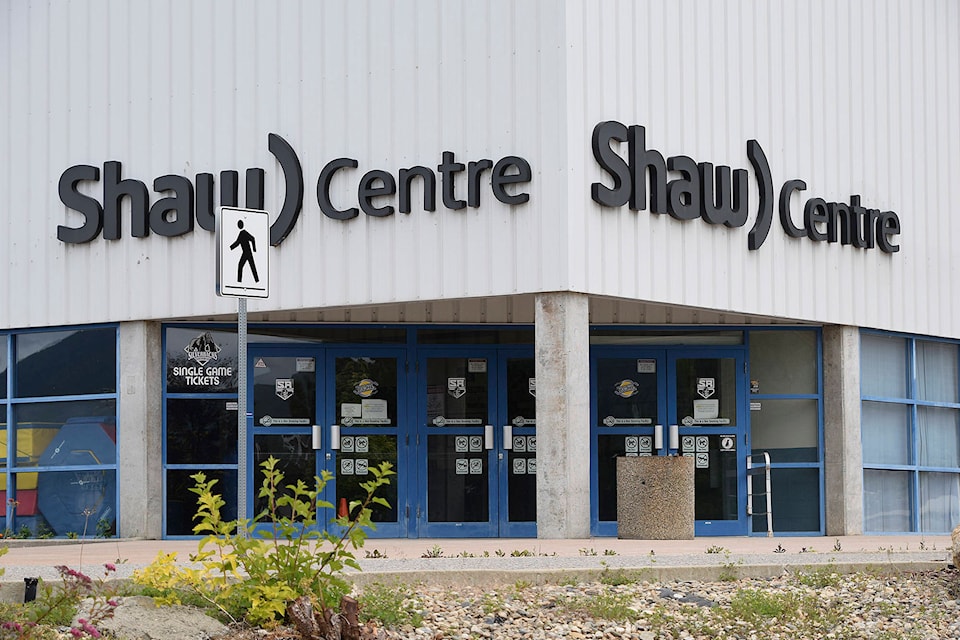While 2020 won’t go down as a great year for most people, it was good for reduction of greenhouse gas emissions from the City of Salmon Arm.
For the past 10 years or so, the city has been part of the provincial Climate Action Revenue Incentive Program (CARIP), which returns carbon tax money to municipalities if they measure their greenhouse gas (GHG) emissions and climate action goals.
“The good news with this year’s report for last year, we saw the biggest drop in GHG emissions that we’ve ever recorded. Four hundred and eighty-three tonnes, which is a huge drop,” Kevin Pearson, director of development services, told council enthusiastically on June 7.
The 2020 total was 1289.7 tonnes of GHG emissions while the 2019 tally was 1772.86.
Pearson thanked planner Chris Larson for steadfastly doing the annual CARIP reports, which translated into rebates of $50,000 to $60,000 each year. The funds have been put into a reserve fund and have been used for investments in energy efficiency.
He said staff know the city’s large buildings, the recreation centre and the arena, are the highest GHG-emitting entities in the city.
Pearson said he and Larson initially assumed the drop in emissions in 2020 was because of COVID-19 with its reductions in activity. However, although they found a big decrease occurred in March 2020 when everything shut down, emissions soon began to increase.
“The emissions started to rise, almost proportionately to the construction level last year,” Pearson said. Staff found that while the city was taking advantage of closures to do facility upgrades, the resulting energy use for the construction produced a higher level of GHG emissions than normal.
Overall, numbers dropped considerably in 2020 thanks to the organic waste reduction program – or curbside compost pick-up, the biggest reason for the decrease. Larson said composting reduces emissions because it diverts waste from the landfill where it must decay over time.
Read more: Salmon Arm realizes it might be time to park the old gold Chevy Cobalt
Read more: Salmon Arm compost program shows initial success
Read more: Residents to receive three-pack of bins for composting, recycling
In addition, increasing the use of LED lighting, upgrades to the city’s fleet of vehicles and efficiencies in the water system were significant factors in the reductions.
Coun. Tim Lavery expressed his delight in the drop.
“This is absolutely wonderful news. I want to officially thank Coun. Eliason and previous councils for voting to put this program in place,” he said. He added his appreciation for staff and all the work they have done, and specifically to Chris Larson for compiling the data.
“I want to say that we often get subject to criticism. Why aren’t you doing this and that because other local jurisdictions are doing this and that?
“The reality is, Salmon Arm as a small town, as a small city, had this big idea… and we’re doing it long before even larger local governments in our region are getting their heads around it and starting to propose it.”
Coun. Sylvia Lindgren stressed that because of the high emissions from the rec centre and arena, it will be particularly important to ensure, when a new facility is built, that enough money is available to do it in an environmentally conscious way.
She also said it’s impressive the city’s emissions were lower in 2020 than even 2012 when the population was smaller.
Council was also told the province is ending CARIP in its present form. Coun. Louise Wallace Richmond emphasized the importance of continuing to collect the data.
“We know it’s difficult to resource a solution if you don’t have the information and can’t measure the outcome.”
Coun. Debbie Cannon asked for more information about the LEDs. Staff explained that a portion of the LED GHG reduction was due to a change in how GHGs were calculated.
martha.wickett@saobserver.net
Like us on Facebook and follow us on Twitter
